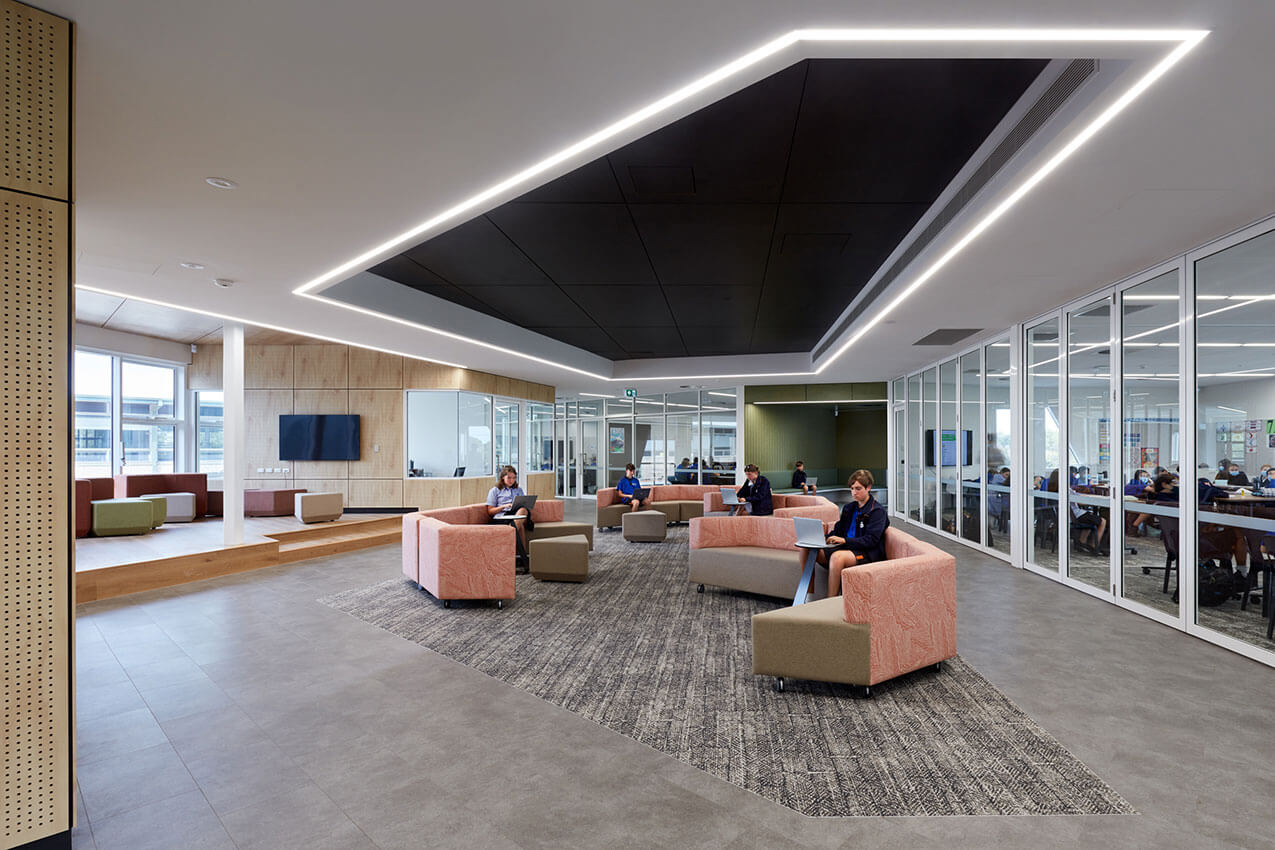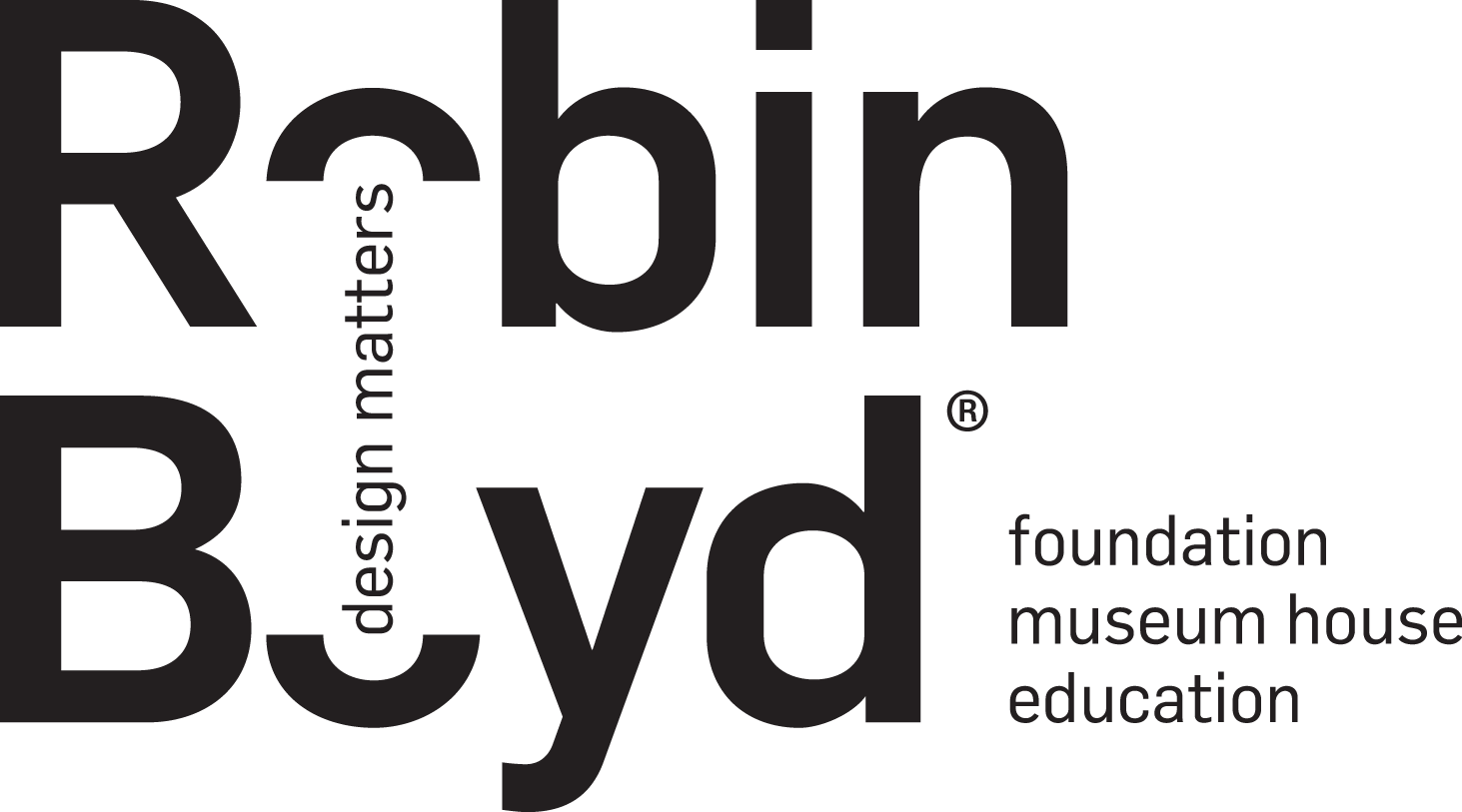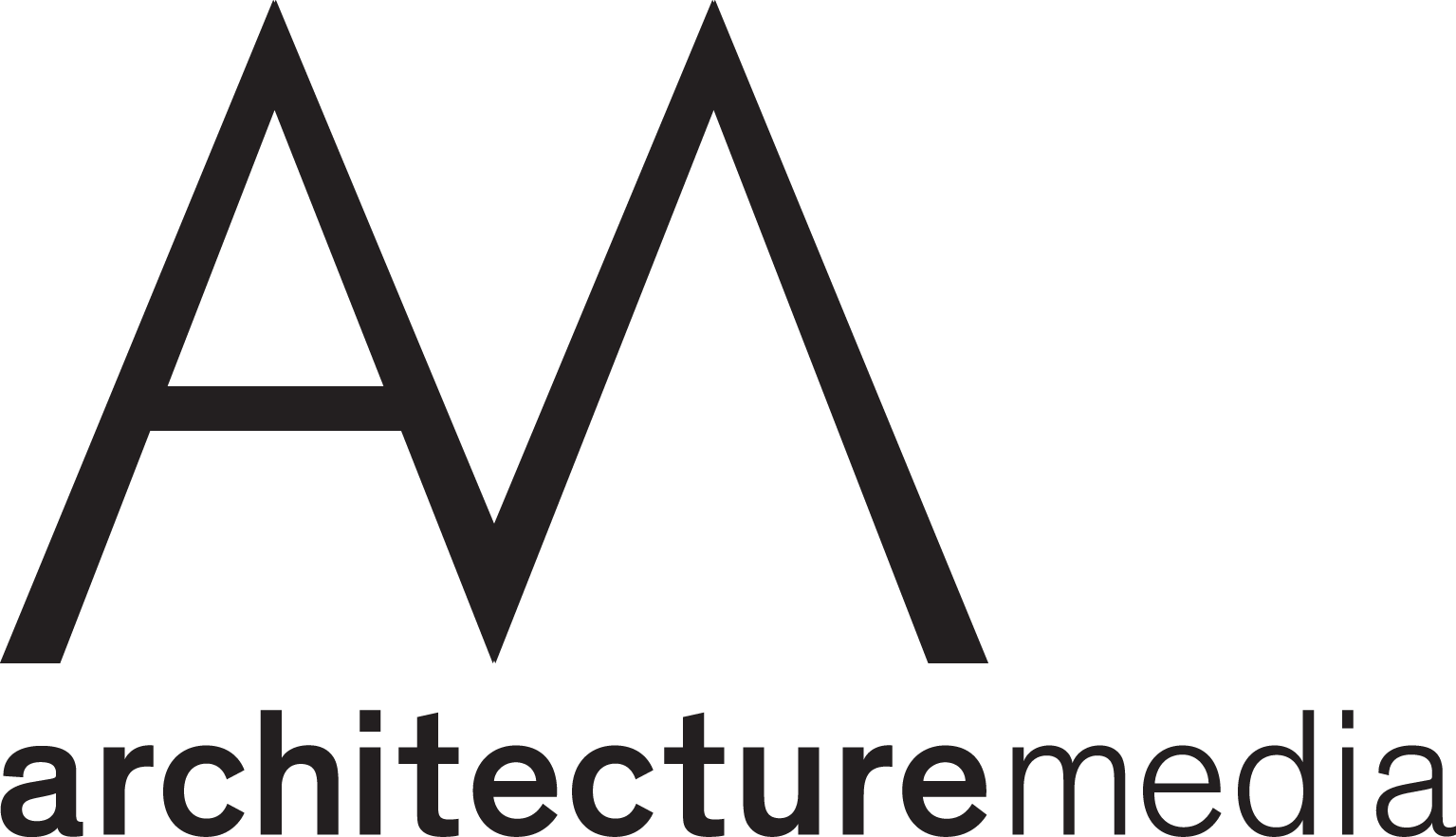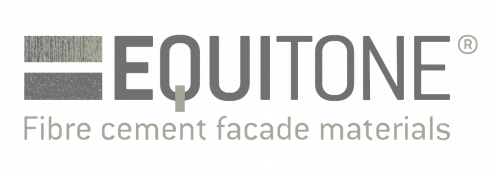Conference CPD

CPD
Conference CPD
FORMAL CPD POINTS
Conference delegates attending all of Day 1 and successfully completing the assessment (available at the conclusion of Day 1) will receive a certificate for 5 formal CPD points.
Conference delegates will receive a further certificate for 1 formal CPD point for each Day 2 session that attend in full and complete the relevant assessment for, up to a total of 5 sessions.
Attendance will be recorded on the day using sign in via the app and delegates will receive links to assessments and certificates as these are made available throughout the conference.
Please refer to your registration board for information regarding your individual annual CPD requirements.
Learning outcomes
FORMAL CPD POINTS
Conference delegates attending all of Day 1 and successfully completing the assessment (available at the conclusion of Day 1) will receive a certificate for 5 formal CPD points.
Conference delegates will receive a further certificate for 1 formal CPD point for each Day 2 session that attend in full and complete the relevant assessment for, up to a total of 5 sessions.
Attendance will be recorded on the day using sign in via the app and delegates will receive links to assessments and certificates as these are made available throughout the conference.
Please refer to your registration board for information regarding your individual annual CPD requirements.
Paul Monaghan
- Articulate the key issues involved in the adaptive reuse of heritage buildings and the considerations underpinning decisions about what to retain, refurbish and replace on a complex project
- Describe the benefit of a range of approaches to housing for our cities as well as the diverse populations they support
- Discuss how identity and history can serve to create authentic places as part of major regeneration schemes
- Reflect on the role of architects in engaging with government and identify strategies for influencing policy to achieve better design for our cities
Dana Cuff
- Discuss how architectural professional practice can address the social well-being of occupants, users, and the public through designing to advance spatial justice
- Articulate ways that architectural practice and design can promote accessibility and inclusion
- Enumerate contemporary architectural practices, projects, and policies that demonstrably enhance social welfare
- Describe expanded models of housing affordability and accessibility that ensure more equitable cities and neighbourhoods
Nigel Bertram – TBC
Barbara Bestor
- Describe strategies for contemporary urban housing applied in Bestor’s work and analyse positive solutions for increasing density in creative ways.
- Discuss how experiments in spatial arrangements, colour, and graphics explore the architectural form and produce atmospheric urbanism.
- Identify opportunities in practice to reinvent residential architecture to reflect non-traditional family lifestyles of the 21st century
- Relate urban design issues impacting Los Angeles to local contexts and apply lessons learned
Alberto Veiga
- Discuss the meaning of ‘designing in continuity’ within specific contexts
- Explain the role of place and strategies for reading context in originating architectural projects
- Identify various approaches to sustainability applied in Barozzi Veiga’s practice
- Describe defining features of the work of Barozzi Veiga and their intent
David Kaunitz and Kawai Yeung
- Describe the seven values underpinning Kaunitz Yeung Architecture’s approach to co-designing in authentic partnership with communities
- Identify key indicators of strong community ownership of built projects
- Discuss strategies for ensuring appropriate, ethical and authentic engagement while meeting time constraints
Kevin Daly
- Discuss opportunities to create overlapping strategies for building envelope design and social engagement
- Characterise three examples of screening as a means of providing user privacy while encouraging openness
- Articulate how an effort to reduce the mass of envelope systems can influence overall energy use
- Identify components of the “tool kit” of sustainable strategies used to establish a net zero basis for the Houston Endowment
- Articulate the challenge of distinguishing concepts of ownership from those of belonging
Kathy Waghorn
- Explain the concept ‘place advocacy’
- Identify effective tools and methods for ‘place advocacy’
- Demonstrate an awareness of contemporary expanded architectural practices
- Reflect on the contribution of expanded architectural practices to the discipline and discourse
Louise Wright and Maura Baracco – TBC
Ganga Rathnayake and Milinda Pathiraja
- Evaluate the role of architect in transitional economies and discuss how design practices can incorporate broader social and political goals within their modus operandi
- Discuss the role of labour in architectural production and review how a particular type of design tolerance can accommodate differently-skilled tradesmen on site
- Reflect on the notion of practice-based research and how research can inform the practice and vice versa
- Engage critically with the ideas of regionalism, sustainability and robustness towards imagining a genuinely place-specific architecture
Ben Berwick
- Discuss the International Energy Agency’s Net Zero by 2050 target and relate this to the built environment
- Articulate key points of confluence for architectural research and practice in the context of ESG
- Conceptualise a broader notion of architectural practice that includes product design
- Discuss the opportunities for architects to support decarbonising the built environment through design, retrofit and product selection
- Describe how Prevalent’s window shading product works to reduce heat loading and its positive impact on operational carbon
Lynn Wang
- Identify effective strategies to mitigate flood and overland flow risk on flood-affected sites
- Discuss the risks and opportunities of value management in the design process
- Describe the structural strategy that removes structural steel and allows for continuous perforation of a masonry screen
- Reflect on the role of architects and design in the space of an inflated construction market
Eliza Higgins and Cyrus Patell – TBC
Guillermo Fernández–Abascal
- Discuss local versus global architectural practices in the context of Australia and Spain
- Demonstrate an awareness of an expanded contemporary modes of practice
- Reflect on the contribution of diverse architectural practices on the discipline and society more broadly
ACTION STATIONS
Towards Zero Carbon – TBC
Indigenising the Built Environment
- Activate culturally responsive values in architectural education and professional contexts underpinning First Nations approaches
- Enact respectful and impactful obligations to Country and worldviews of First Nations Communities
- Unpack the evolution of architectural education in terms of embedding knowledge relationally with Country and First Nations Communities and Cultures
- Enact a sense of one’s own purpose and commitment to architecture as part of a constellation of cultures to give back Country
Talking Architecture – TBC
Four Decades of Residential Architecture
- Discuss diverse approaches to assessing excellence in residential architecture
- Articulate the history of the Robin Boyd Award for Residential Architecture and its significance place in the nation’s residential architectural discourse
- Identify key ways in which notions of residential architectural excellence reflects shifting cultural, economic and environmental priorities over time
Artificial Intelligence in Design and Education – TBC
Empowering the Profession through Legislation – TBC
Professional Competencies - PERformANCE CRITERIA
Paul Monaghan
PC 26 Be able to undertake site, cultural and contextual analysis as part of preliminary design research.
PC 29 Be able to develop and evaluate design options in terms of the heritage, cultural and community values embodied in the site, and in relation to project requirements.
PC 31 Be able to identify, analyse and integrate information relevant to environmental sustainability – such as energy and water consumption, resources depletion, waste, embodied carbon and carbon emissions – over the lifecycle of a project.
PC 33 Be able to investigate, coordinate and integrate sustainable environmental systems – including water, thermal, lighting and acoustics – in response to consultants’ advice.
PC 35 Be able to assess operational and embodied carbon implications of materials, components, construction systems and supply chains (including transport) to achieve net zero whole life carbon when developing design concepts. This includes integrating relevant consultant expertise and advising on the impact of chosen materials, components and systems on carbon outcomes.
Dana Cuff
PC 7 Apply and follow processes for clear and consistent communication with clients and relevant stakeholders throughout the project, including obtaining approvals from clients and stakeholders.
PC 12 Provide independent, culturally responsive and objective advice in accordance with relevant building codes, standards, technical specifications and guidelines, and planning regulations, including climate change implications, across all aspects of architectural practice.
PC 29 Be able to develop and evaluate design options in terms of the heritage, cultural and community values embodied in the site, and in relation to project requirements.
PC 30 Be able to explore options for siting a project, including integrating information and analysis of relevant cultural, social and economic factors.
Nigel Bertram – TBC
Barbara Bestor
PC 7 Apply and follow processes for clear and consistent communication with clients and relevant stakeholders throughout the project, including obtaining approvals from clients and stakeholders.
PC 18 Be able to apply creative imagination, design precedents, research, emergent knowledge and critical evaluation in formulating and refining concept design options, including the exploration of three dimensional form and spatial quality.
PC 30 Be able to explore options for siting a project, including integrating information and analysis of relevant cultural, social and economic factors.
PC 32 Be able to apply planning principles and statutory planning requirements to the site and conceptual design of the project.
Alberto Veiga
PC 18 Be able to apply creative imagination, design precedents, research, emergent knowledge and critical evaluation in formulating and refining concept design options, including the exploration of three dimensional form and spatial quality.
PC 26 Be able to undertake site, cultural and contextual analysis as part of preliminary design research.
PC 29 Be able to develop and evaluate design options in terms of the heritage, cultural and community values embodied in the site, and in relation to project requirements.
PC 30 Be able to explore options for siting a project, including integrating information and analysis of relevant cultural, social and economic factors.
PC 31 Be able to identify, analyse and integrate information relevant to environmental sustainability – such as energy and water consumption, resources depletion, waste, embodied carbon and carbon emissions – over the lifecycle of a project.
David Kaunitz and Kawai Yeung
PC 3 Apply principles of project planning, considering implications for Country, environmental sustainability, communities, stakeholders and project costs.
PC 7 Apply and follow processes for clear and consistent communication with clients and relevant stakeholders throughout the project, including obtaining approvals from clients and stakeholders.
PC 8 Be able to implement culturally responsive and meaningful engagement processes that respect the importance of Country and reciprocal relationships with Aboriginal and Torres Strait Islander Peoples across architectural services.
PC 17 Have an understanding of Aboriginal and Torres Strait Islander Peoples’ aspirations to care for Country and how these inform architectural design.
PC 27 Understand how to embed the knowledge, worldviews and perspectives of Aboriginal and Torres Strait Islander Peoples, shared through engagement processes, into the conceptual design in a meaningful, respectful and appropriate way.
PC 34 Communicate conceptual design proposals and associated information to client, stakeholders and communities using appropriate and culturally responsive methods appropriate to different audiences.
PC 36 Be able to apply creative imagination, design precedents, emergent knowledge, critical evaluation and continued engagement with Aboriginal and Torres Strait Islander Peoples to produce a coherent project design. This should be resolved in terms of supporting health and wellbeing outcomes for Country, site planning, formal composition, spatial planning and circulation as appropriate to the project brief and all other factors affecting the project.
PC 50 Be able to continue engagement with relevant Aboriginal and Torres Strait Islander Peoples throughout all stages of the project and its delivery in a meaningful, respectful and appropriate way.
Kevin Daly
PC 28 Be able to draw on knowledge from building sciences and technology, environmental sciences and behavioural and social sciences as part of preliminary design research and when developing the conceptual design to optimise the performance of the project.
PC 29 Be able to develop and evaluate design options in terms of the heritage, cultural and community values embodied in the site, and in relation to project requirements.
PC 31 Be able to identify, analyse and integrate information relevant to environmental sustainability – such as energy and water consumption, resources depletion, waste, embodied carbon and carbon emissions – over the lifecycle of a project.
PC 35 Be able to assess operational and embodied carbon implications of materials, components, construction systems and supply chains (including transport) to achieve net zero whole life carbon when developing design concepts. This includes integrating relevant consultant expertise and advising on the impact of chosen materials, components and systems on carbon outcomes.
Kathy Waghorn
PC 12 Provide independent, culturally responsive and objective advice in accordance with relevant building codes, standards, technical specifications and guidelines, and planning regulations, including climate change implications, across all aspects of architectural practice.
PC 26 Be able to undertake site, cultural and contextual analysis as part of preliminary design research.
PC 30 Be able to explore options for siting a project, including integrating information and analysis of relevant cultural, social and economic factors.
Louise Wright and Maura Baracco – TBC
Ganga Rathnayake and Milinda Pathiraja
PC 9 Be able to apply contemporary and emerging building procurement methods. This involves identifying the most appropriate form of delivery for a project, including risks, mitigation and adaptation strategies, and integrating appropriate construction contracts and consultancy contracts and/or agreements.
PC 11 Be able to assess, recommend and/or select an appropriate procurement process, with consideration for its impact on all phases of a project – including design, documentation and project delivery – and provide advice to the client in terms of the level of scope of service for consultants.
Ben Berwick
PC 10 Demonstrate understanding of the whole life carbon implications of procurement methods, materials, components and construction systems.
PC 28 Be able to draw on knowledge from building sciences and technology, environmental sciences and behavioural and social sciences as part of preliminary design research and when developing the conceptual design to optimise the performance of the project.
PC 31 Be able to identify, analyse and integrate information relevant to environmental sustainability – such as energy and water consumption, resources depletion, waste, embodied carbon and carbon emissions – over the lifecycle of a project.
PC 35 Be able to assess operational and embodied carbon implications of materials, components, construction systems and supply chains (including transport) to achieve net zero whole life carbon when developing design concepts. This includes integrating relevant consultant expertise and advising on the impact of chosen materials, components and systems on carbon outcomes.
PC 45 Be able to assess operational and embodied carbon implications of materials, components, construction systems and supply chains (including transport) to achieve net zero whole life carbon when developing design concepts. This includes integrating relevant consultant expertise and advising on the impact of chosen materials, components and systems on carbon outcomes.
Lynn Wang
PC 16 Be able to apply risk management and mitigation strategies – including safety in design, project risk, requirement for resilience from the impacts of climate change and appropriate insurances – across architectural services.
PC 12 Provide independent, culturally responsive and objective advice in accordance with relevant building codes, standards, technical specifications and guidelines, and planning regulations, including climate change implications, across all aspects of architectural practice.
PC 28 Be able to draw on knowledge from building sciences and technology, environmental sciences and behavioural and social sciences as part of preliminary design research and when developing the conceptual design to optimise the performance of the project.
PC 38 Be able to work within budget and time constraints while maintaining the defined project design intent. This includes participating in value management processes where engaged to do so.
PC 53 Be able to provide advice to clients on the impact of a selected procurement method on cost, time, life cycle implications and quality control during the construction phase.
Eliza Higgins and Cyrus Patell – TBC
Guillermo Fernández–Abascal
PC 18 Be able to apply creative imagination, design precedents, research, emergent knowledge and critical evaluation in formulating and refining concept design options, including the exploration of three dimensional form and spatial quality.
PC 28 Be able to draw on knowledge from building sciences and technology, environmental sciences and behavioural and social sciences as part of preliminary design research and when developing the conceptual design to optimise the performance of the project.
ACTION STATIONS
Towards Zero Carbon – TBC
Indigenising the Built Environment
PC 8 Be able to implement culturally responsive and meaningful engagement processes that respect the importance of Country and reciprocal relationships with Aboriginal and Torres Strait Islander Peoples across architectural services.
PC 17 Have an understanding of Aboriginal and Torres Strait Islander Peoples’ aspirations to care for Country and how these inform architectural design.
PC 27 Understand how to embed the knowledge, worldviews and perspectives of Aboriginal and Torres Strait Islander Peoples, shared through engagement processes, into the conceptual design in a meaningful, respectful and appropriate way.
PC 29 Be able to develop and evaluate design options in terms of the heritage, cultural and community values embodied in the site, and in relation to project requirements.
Talking Architecture
PC 7 Apply and follow processes for clear and consistent communication with clients and relevant stakeholders throughout the project, including obtaining approvals from clients and stakeholders.
PC 34 Communicate conceptual design proposals and associated information to clients, stakeholders and communities using appropriate and culturally responsive methods appropriate to different audiences.
Four Decades of Residential Architecture
PC 25 Be able to draw on knowledge from the history and theory of architecture as part of preliminary design research and when developing the conceptual design.
PC 26 Be able to undertake site, cultural and contextual analysis as part of preliminary design research.
PC 29 Be able to develop and evaluate design options in terms of the heritage, cultural and community values embodied in the site, and in relation to project requirements
Artificial Intelligence in Design and Education – TBC
Empowering the Profession through Legislation – TBC
Contact us
Please contact the Institute’s National Events team with any enquiries:
Email: conference@architecture.com.au
Phone: 07 3828 4108


























